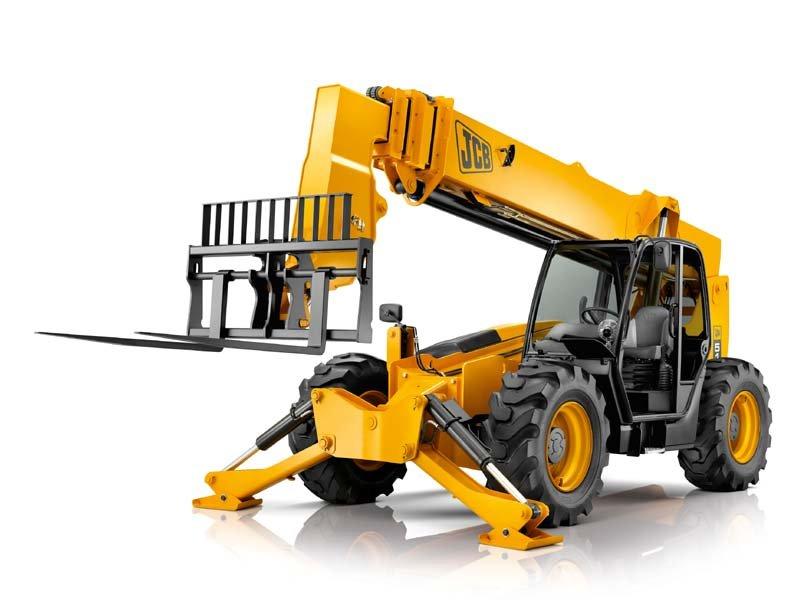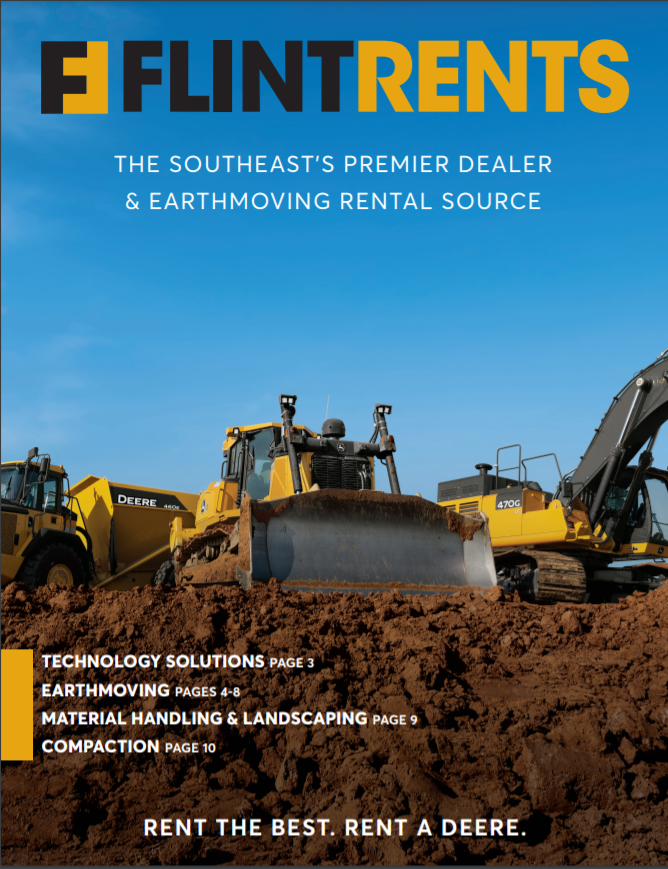Dozer Rental: Powerful Earthmoving Tools for Your Construction Demands
Dozer Rental: Powerful Earthmoving Tools for Your Construction Demands
Blog Article
Maximize Your Budget by Understanding the Costs Connected With Building And Construction Tools Services
Comprehending the full scope of expenses linked with building tools leasings is critical for optimizing your spending plan. What techniques can be employed to efficiently handle these costs and make certain a much more reliable rental experience?
Overview of Rental Prices
When thinking about construction tools leasings, comprehending the associated prices is vital for effective budgeting and task preparation. Rental expenses can differ dramatically based upon several variables, including tools type, period of leasing, and area. The preliminary rental fee commonly reflects the tools's market demand and its linked operational abilities, influencing the total expense.
In enhancement to the base rental price, supplementary prices might occur, such as transport costs, fuel additional charges, and upkeep charges. It is necessary to represent these added expenses to precisely analyze the complete price of renting out devices. In addition, the rental duration can influence pricing; longer leasings might get approved for discounted rates, while short-term leasings could sustain higher everyday costs.

Failure of Rental Prices
A detailed understanding of rental prices is important for service providers and task supervisors intending to enhance their spending plans. Rental rates for building equipment usually include a number of elements, including base prices, time-based costs, and use charges.
Base rates are the core charges connected with the leasing of the devices, commonly figured out by the type and size of the equipment. These prices can vary significantly, influenced by aspects such as devices need, accessibility, and regional market trends. Time-based costs, which may be daily, weekly, or monthly, serve to accommodate various job timelines and rental durations.
In addition, rental prices may consist of usage charges, which apply when tools is used beyond a defined threshold, ensuring that the rental firm can represent wear and tear. Seasonal need changes can also influence rental rates, with peak building and construction seasons usually commanding greater prices.
Moreover, recognizing the rental business's policies regarding upkeep and insurance can provide additional insight into the overall expense framework. By assessing these components, contractors can make educated choices, making certain the selection of rental devices straightens with both job needs and budget plan constraints.
Extra Costs to Consider
Comprehending the details of added fees is vital for contractors to manage their overall leasing expenses successfully. Past the standard rental rates, various auxiliary costs can considerably influence the complete price of devices leasing. These charges typically consist of distribution and pick-up fees, which can vary based on distance and logistics associated with delivering the tools to and from the task website.
Additionally, some rental firms might impose gas surcharges if the tools is returned with much less gas than when leased. It is also crucial to recognize possible cleansing costs, specifically for customized devices that needs extensive upkeep after use.

Completely evaluating the rental agreement and making clear these extra charges upfront can assist service providers guarantee and avoid unexpected prices that budget plans continue to be intact throughout the project lifecycle.
Upkeep and Repair Work Costs
Routine repair and maintenance expenditures are commonly neglected elements that can considerably affect the overall price of building tools rentals. When leasing tools, it is important to take into consideration not only the rental costs but also the possible costs related to maintaining the machinery in ideal operating problem.
Several rental companies consist of fundamental maintenance as part of the rental agreement; however, extra considerable fixings or unexpected breakdowns can bring about added expenditures. It's necessary to evaluate the rental agreement very carefully to comprehend what upkeep services are covered and what obligations drop on the renter.
Additionally, equipment that is not well-kept can bring about inadequacies at work site, potentially creating hold-ups and boosting job prices. To minimize these dangers, it is advisable to perform normal examinations and keep open interaction with the rental provider regarding any type of issues that develop throughout usage.
Insurance Coverage and Responsibility Costs
Insurance and responsibility costs are essential parts that can dramatically influence the total cost of building equipment leasings (equipment rental company). These costs guarantee that helpful hints both the rental company and the customer are secured from prospective financial losses emerging from crashes, damage, or burglary throughout the rental period

Additionally, asphalt paving equipment for sale clients ought to know any deductibles or exclusions in the insurance plan, as these can impact possible out-of-pocket expenditures. Understanding the conditions of any type of insurance protection is important to prevent unforeseen prices. Ultimately, budgeting for insurance and obligation costs can aid guarantee a smoother rental experience and shield against economic risks related to building tasks.
Final Thought
In final thought, a comprehensive understanding of the costs connected with construction equipment leasings is necessary for efficient budget plan monitoring. By evaluating rental rates, additional fees, upkeep expenditures, and insurance coverage demands, people and organizations can reduce unforeseen expenses. This strategic method not only enhances cost-effectiveness however likewise makes sure that tasks progress efficiently and efficiently. Inevitably, informed decision-making relating to tools rentals contributes to the general success of building and construction endeavors.
Rental prices can differ substantially based on several factors, consisting of equipment kind, period of leasing, and location (forklift rental). The rental duration can impact rates; longer rentals may qualify for affordable rates, while temporary leasings might sustain higher day-to-day charges
By performing comprehensive research and involving with reputable rental firms, professionals can effectively browse the intricacies of rental pricing, ultimately optimizing their financial sources.
Beyond the common rental rates, various supplementary fees can significantly affect the total expense of tools service. Rental companies usually offer responsibility insurance coverage that covers injuries to 3rd parties or damage to residential or commercial property, while devices damage insurance policy can cover the cost of repair work or substitute if the rented out equipment is harmed.
Report this page